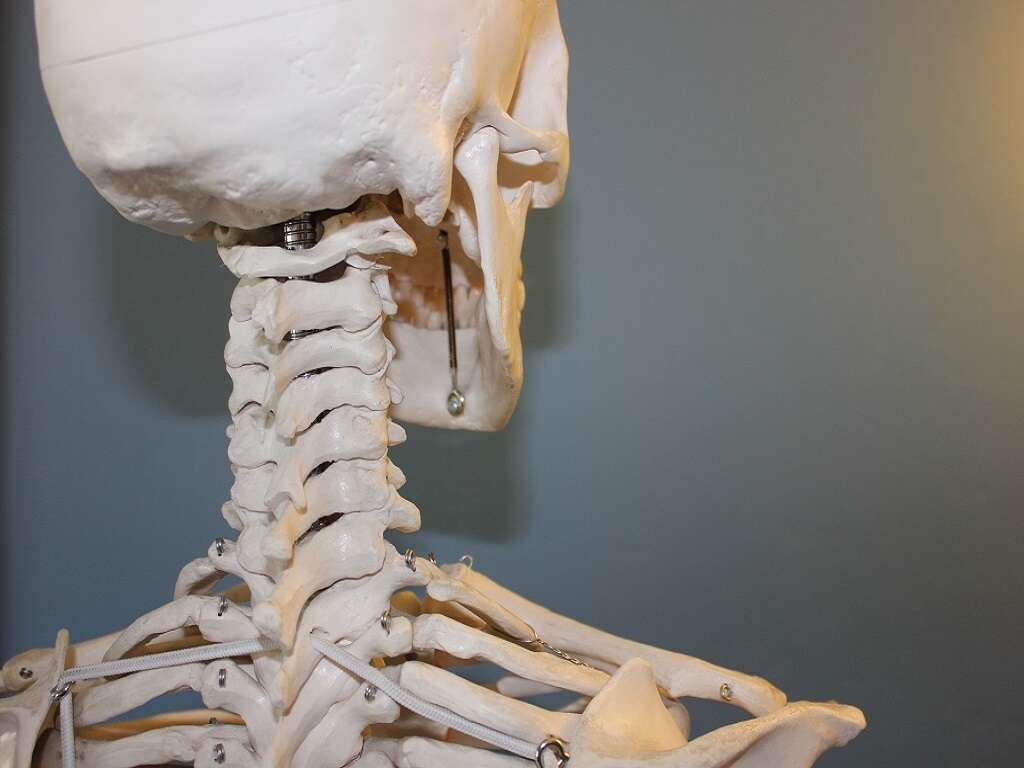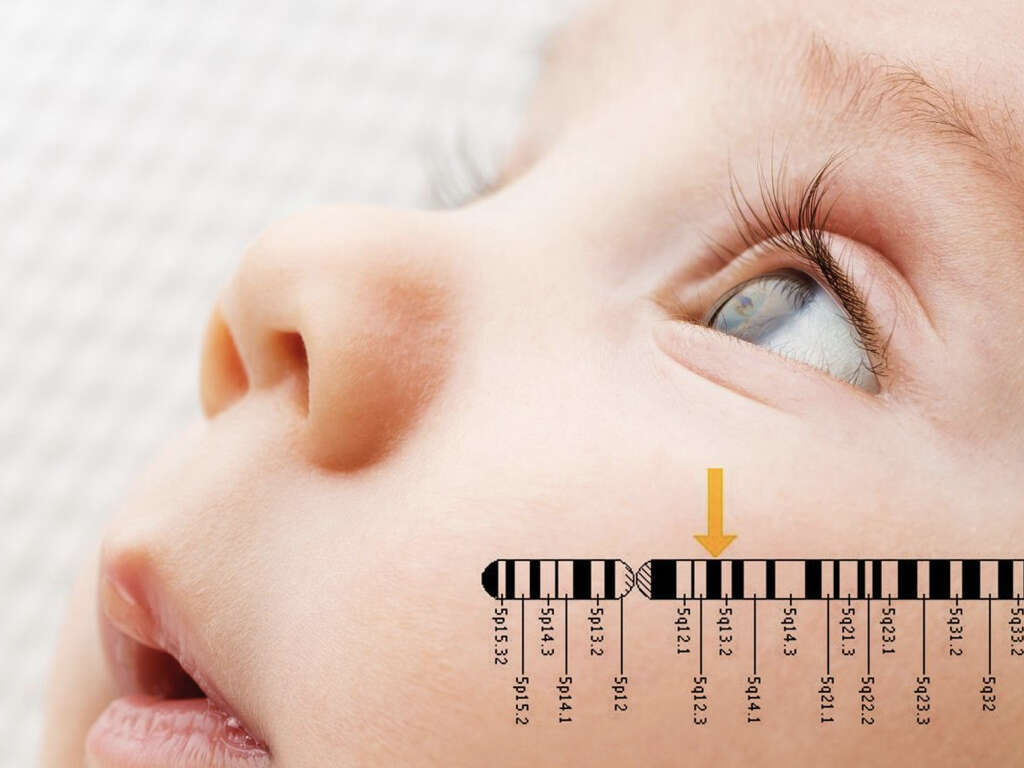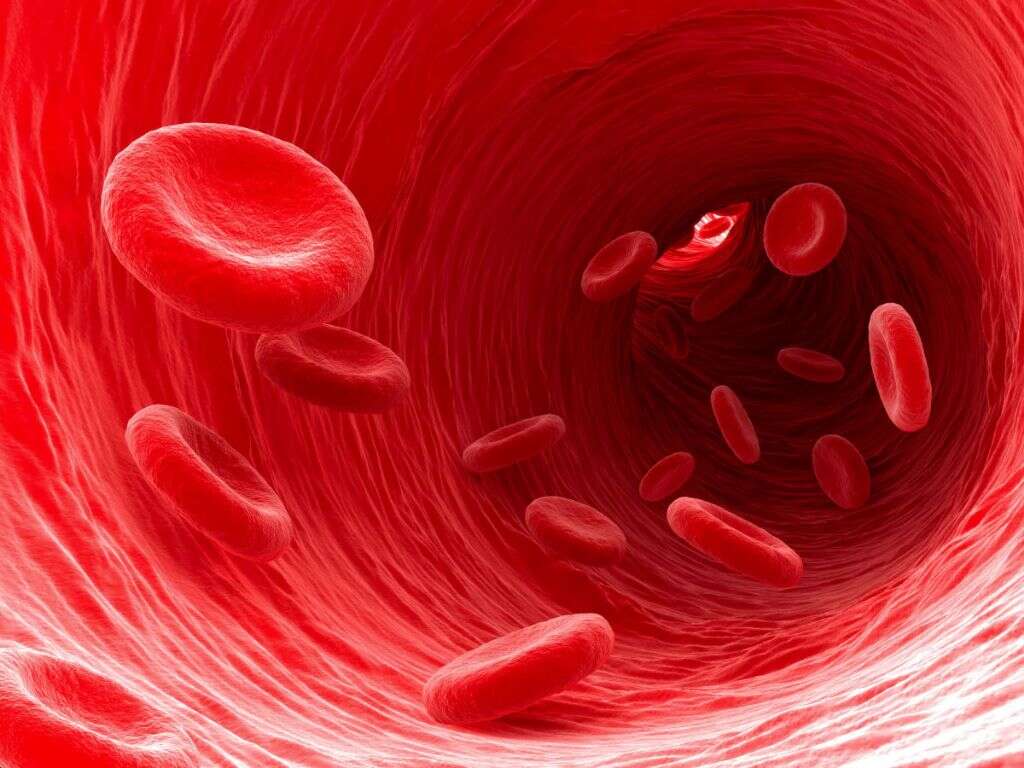10 Brain Aneurysm Symptoms
A brain aneurysm is also referred to as an intracranial or cerebral aneurysm. It forms when a weak spot in a brain artery bulges only to burst later. Not all aneurysms rupture, actually most of them don’t and when they do, symptoms appear.
In most cases an aneurysm does not cause any symptoms, it merely exists in the brain and grows with time. Some types of aneurysms get big enough to cause symptoms. These symptoms result as the aneurysm compresses other neighboring structures on the brain. Must of the symptoms that will be discussed in this article are related to ruptured brain aneurysms and the accompanying aneurysm subarachnoid hemorrhage (ASH). It is important to be able to recognize these symptoms and try to get medical attention as soon as possible.
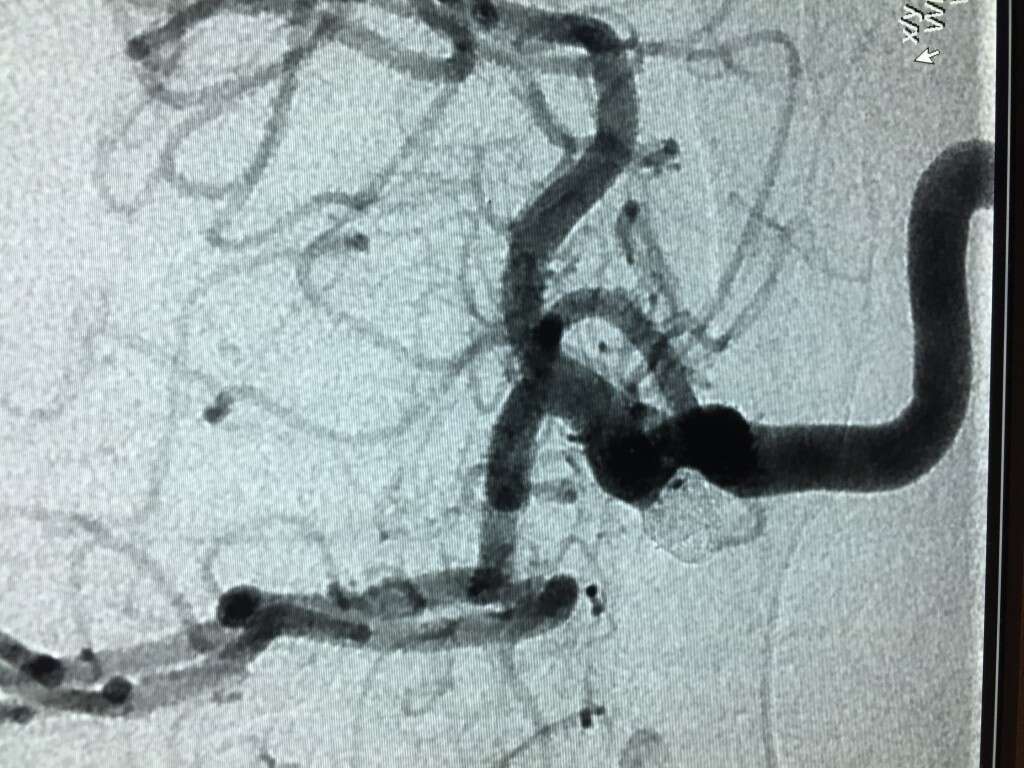
Symptom #1: Severe Headache
A severe headache due to the rupture of a brain aneurysm occurs as a result of the leakage in the brain, otherwise known as aneurysm subarachnoid hemorrhage (ASM). Patients have described the headache as a very sudden and very severe, extreme headache one that you have never experienced in the past.
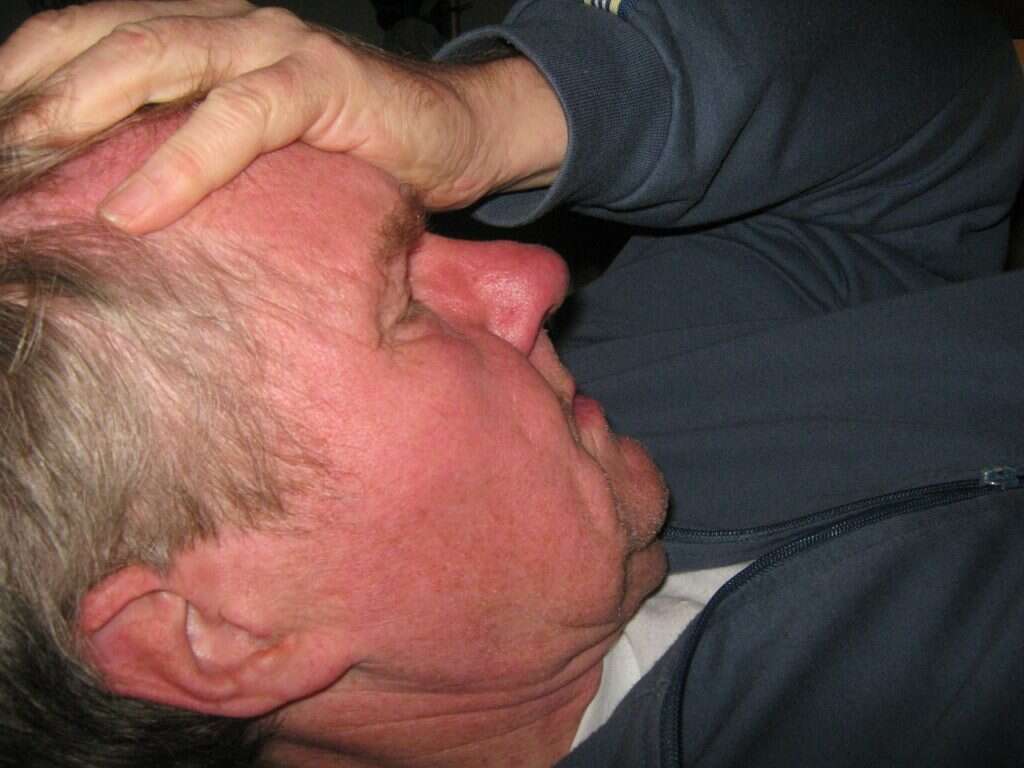
Symptom #2: Vision Problems
Blurred or double vision are two of the most commonly reported vision problems among patients with a brain aneurysm. You might even experience some severe pain above or behind your eye.
These symptoms are associated with brain aneurysms and with ruptured aneurysms as well, the main difference is that the onset of the symptoms for patients with a ruptured brain aneurysm is quite fast and for patients with a brain aneurysm, the onset is progressive in time.

Symptom #3: Nausea and Vomiting
Nausea and vomiting are quite common symptoms, occurring due to some different reasons, one of which is the rupture of a brain aneurysm.
It is considered that once an aneurysm ruptures, the blood that leaks from it creates pressure on other structures on the brain, resulting in these symptoms.

Symptom #4: Neck Stiffness
Neck stiffness is a non-specific symptom associated with many conditions, such as meningitis and a ruptured brain aneurysm. This is known as a sign of meningeal irritation.
As the blood accumulates, it will affect the surrounding structures. If you are experiencing this symptom, you should seek medical attention as soon as possible.

Symptom #5: Seizures
Seizures can be caused by several different causes with a rupture of a brain aneurysm being one of them. Because the skull is filling with blood from the ruptured aneurysm, other structures become compromised, casing focal damage to certain structures.
If you experience this symptom, you should seek medical attention as soon as possible to prevent further complications.

Symptom #6: Loss of Consciousness
Caused by a decreased blood flow in the body a sudden loss of consciousness - fainting occurs. Fainting can occur as a result of the presence of blood in the brain due to the ruptured aneurysm. If the ruptured aneurysm is not treated right away, the condition of the patient will get worse, and he/she might fall into a coma.
It is essential to get help as soon as you notice someone has lost consciousness so the reason can be revealed as soon as possible.

Symptom #7: Sweating And Chills
Patients suffering from a ruptured aneurysm may experience sweating and chills. These symptoms are caused by a disturbance of the autonomic system.
Other symptoms associated with autonomic disturbances are tachycardia, fever and vomiting.

Symptom #8: Photophobia
Light sensitivity is a condition in which you experience discomfort, even pain whenever you are exposed to any source of light, both natural and artificial. Photophobia is a common symptom of a migraine attack, but it is also quite a common symptom among patients who are dealing with a ruptured aneurysm.
If you do not have a history of migraine attacks and you do experience photophobia, you should seek medical attention for proper diagnosis.

Symptom #9: Trouble Speaking
Depending on where the aneurysm forms, it can show different symptoms. Trouble speaking is one of the many common symptoms of a ruptured aneurysm. This is also, quite the common symptom of stroke. When a person is suffering from a stroke, slurred, unrecognizable speaking might be the symptom that makes you think of a stroke.
But, it may also make you think of a ruptured aneurysm, especially if you know that the person has been diagnosed with an existing aneurysm in the past with the risk of rupturing.

Symptom #10: Facial Tingling
If the blood that has been released from an aneurysm in the brain puts pressure on specific areas such as the brainstem, then facial tingling is expected to develop. But the symptoms do not stop there - facial tingling might later develop into facial paralysis as a brain aneurysm has ruptured and created more damage to the nerves and brain.
Facial tingling is a common symptom of stroke so these two conditions can be easily mistaken. However, that does not change the fact that we are talking about a severe symptom that needs to be treated as soon as possible.





